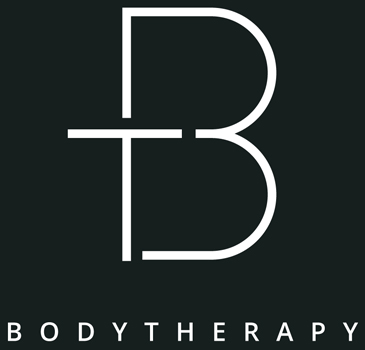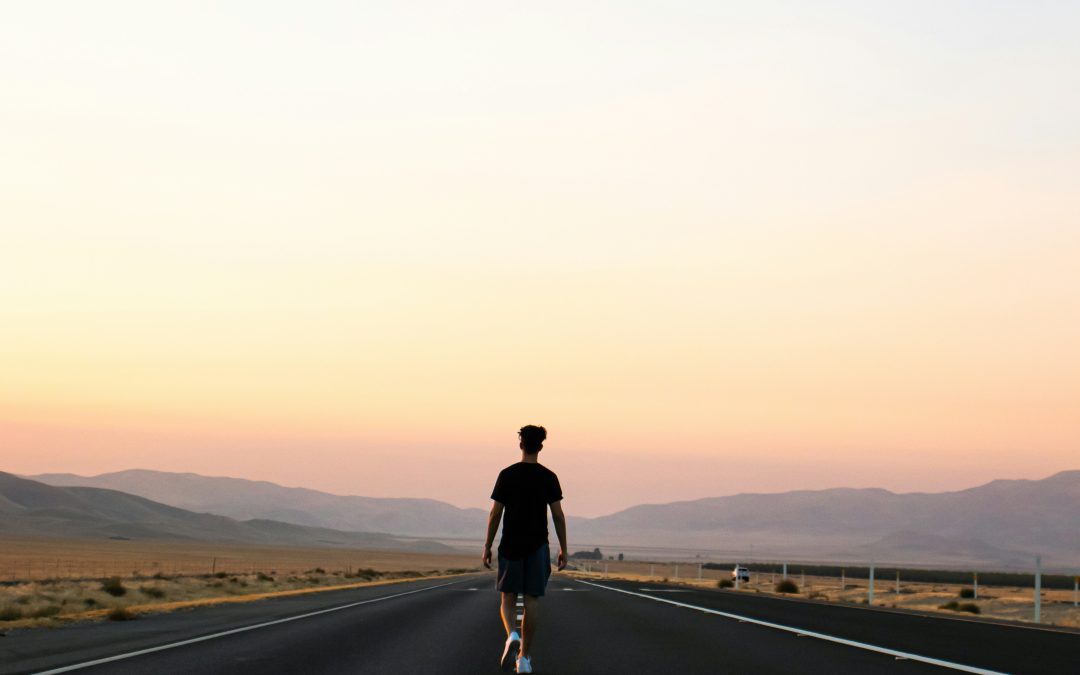Let’s be honest: when people talk about getting fit, “just go for a walk” doesn’t exactly sound groundbreaking. It’s not flashy. It won’t trend on TikTok. And you won’t be asked to “walk faster for time” at your next gym challenge. When people think of “getting fit”, walking usually gets left out of the conversation – overshadowed by kettlebells, CrossFit, or whatever fitness trend is in fashion.
But here’s the truth: walking is one of the most powerful tools for your health – physically, mentally, and yes, even physiologically. As physiotherapist, we see walking change lives more often than any miracle gadget or six-week program. It’s low impact, requires no equipment, and almost anyone can start today. No Lycra required.
Walking From a Fitness Perspective: More Than Just Steps
Let’s start with the basics: walking increases heart rate, improves cardiovascular efficiency, supports metabolic function, and burns energy. But it doesn’t stop there:
- Improved insulin sensitivity: Regular walking has been shown to reduce post-meal blood glucose spikes – especially when done within 30 minutes after eating. One study found that short walks after meals can significantly reduce blood sugar levels in people with Type 2 diabetes.
- Increased fat oxidation: Walking at a low-to-moderate intensity (especially fasted or in longer durations) can shift the body into greater fat-burning mode. This makes walking metabolically efficient – especially for those looking to improve body composition without overstressing the system.
- Enhanced mitochondrial health: Walking supports mitochondrial biogenesis – meaning your cells become more efficient at producing energy. Research has found that walking, particularly in interval formats (e.g. alternating pace), helps increase mitochondrial density in skeletal muscle.
- Bone-loading stimulus: Brisk walking – especially on uneven or uphill terrain – provides mechanical loading for bones, helping maintain or even improve bone mineral density over time. This is a key prevention strategy for osteoporosis.
From a Physiotherapist’s Perspective: Walking Is Movement Medicine
Walking – or “gait” as we call it clinically – is a complex, coordinated movement involving multiple systems: musculoskeletal, neurological, vestibular, and even visual. It’s one of the first things we assess when someone walks into our clinic.
Here’s what most people don’t realise:
- Joint health depends on motion: Synovial joints (like your knees and hips) require movement to maintain healthy cartilage. Walking helps to circulate synovial fluid, reducing stiffness and promoting nutrient exchange. Immobility is often more damaging than use.
- Walking retrains neuromuscular patterns: Especially after injury or surgery, walking helps “re-map” coordination between your brain, nerves and muscles. Even small changes in stride length or symmetry can be early warning signs of dysfunction – and opportunities for early intervention.
- It’s a natural vestibular challenge: Walking while turning your head, navigating busy spaces or changing pace challenges the vestibular system – your body’s internal balance mechanism. Regular walking builds resilience and balance, lowering the risk of falls in older adults.
- Back pain? Walk it out: Controlled studies show walking can significantly reduce chronic low back pain, likely due to improved core endurance and spinal mobility. For many patients, it’s one of the first and most effective movements we prescribe.
In short: walking is both a diagnostic tool and a treatment. It tells us how your body is moving – and helps it move better.
And Let’s Not Forget the Brain Benefits
If you’re only walking for physical health, you’re missing half the picture. Walking triggers a cascade of neurochemical, hormonal, and cognitive benefits – especially when done outdoors or in nature.
Here’s what research shows:
- Hippocampal growth: A landmark study found that walking for 40 minutes, three times a week increased hippocampal volume – the brain region responsible for memory and learning – in older adults. It also improved spatial memory performance.
- BDNF release (Brain-Derived Neurotrophic Factor): BDNF is like Miracle-Go for your neurons. It supports learning, mental clarity, and mood regulation. Moderate aerobic exercise like walking reliably increases BDNF levels in both young and older adults.
- Reduced depression and anxiety symptoms: Walking – especially in green spaces – has been shown to reduce cortisol levels, improve serotonin production, and boost mood. This is not just anecdotal: meta-analyses show walking-based programs are effective in reducing symptoms of mild to moderate depression.
- Creative thinking: Walking (particularly outdoors) increases divergent thinking – a key element of creativity. A Stanford study found people generated 60% more creative ideas when walking compared to sitting.
You don’t have to “clear your mind” to benefit. In fact, just letting it wander while walking is part of what makes it so powerful.
“I Don’t Have Time to Walk” – Let’s Reframe That
Walking doesn’t need to be a grand, uninterrupted hike through the hills. Try:
- 10 minutes in the morning, after your coffee
- Walking meetings or voice-note catchups with friends
- Evening strolls with your dog
- Taking the stairs, parking further away, or just…pacing during phone calls
Small, intentional choices really do add up.
In Summary: Walk Like It Matters (Because It Does)
Walking won’t give you six-pack abs overnight. But it will:
- Strengthen your heart
- Support your joints and spine
- Improve your balance, posture and coordination
- Boost your mental health
- Improve chronic illness
- And maybe – just maybe – change the way you think about what it means to be active
So next time someone says, “it’s just walking”, smile and take the scenic route anyway. Your body will thank you.
Photo by Jordan Seott on Unsplash
References
Manson, J.E., et al. (2002). A prospective study of walking as compared with vigorous exercise in the prevention of coronary heart disease in women. N Engl J Med.
Kolasinski, S.L., et al. (2020). 2020 American College of Rheumatology Guideline for the Management of Osteoarthritis of the Hand, Hip, and Knee. Arthritis Care Res.
Oppezzo, M., & Schwartz, D.L. (2014). Give your ideas some legs: The positive effect of walking on creative thinking. J Exp Psychol Learn Mem Cogn.
Harvard Health Publishing. (2021). Calories burned in 30 minutes for people of three different weights.

